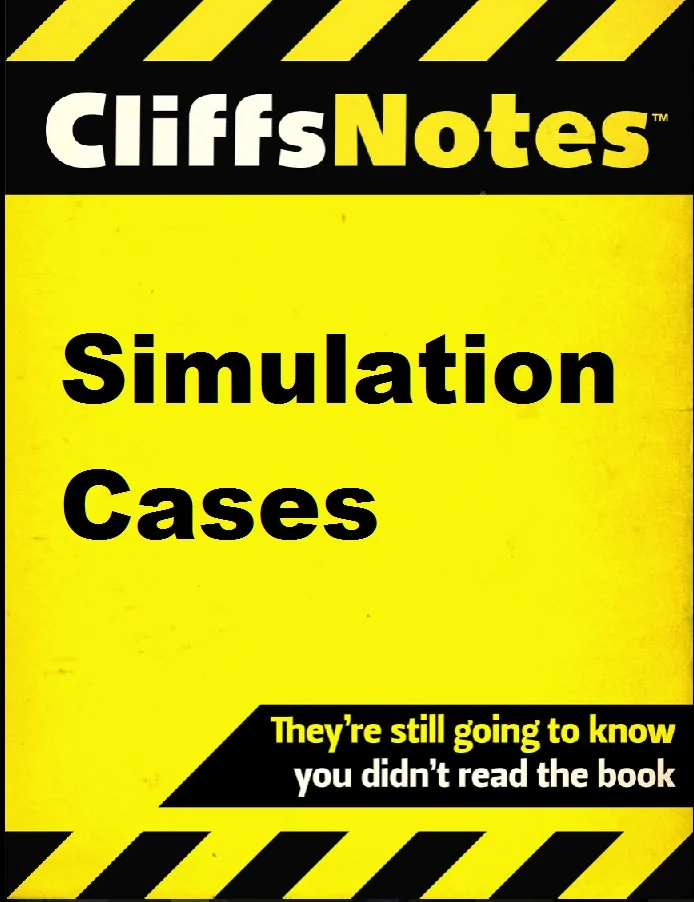Vitamin C. . . The Holy Grail for Sepsis Treatment?
/It is hard not to get excited about a new treatment for sepsis, a disease that kills over 300,000 people each year in the US. However, there have been so many false promises in the past, it is appropriate to be skeptical. A recent study published online by the journal Chest is turning heads . . . not only because it appears extremely effective, but also because it is a simple, inexpensive treatment. Could this be the silver bullet we have all been looking for?
Read More



















